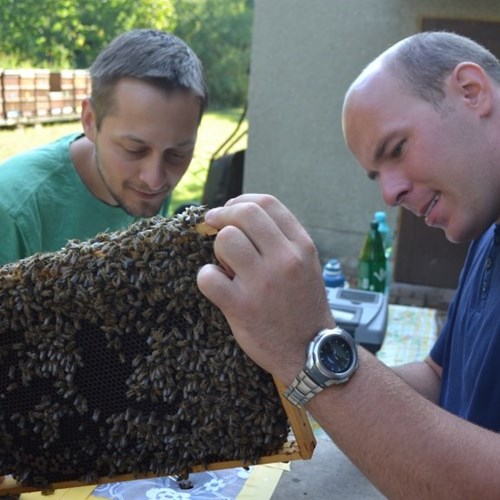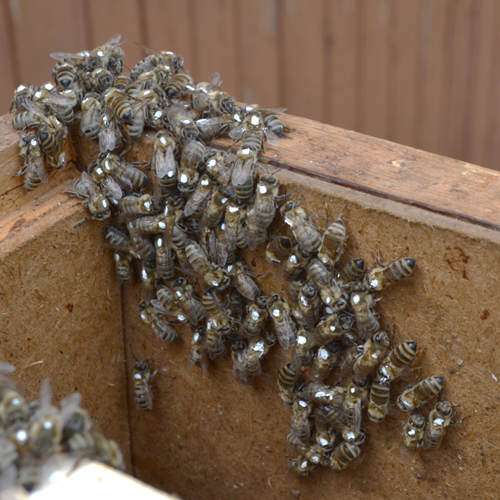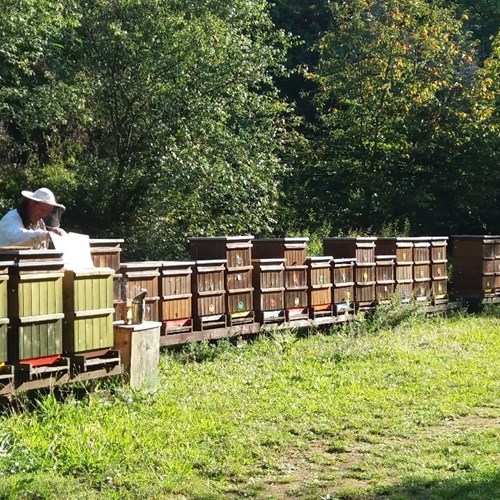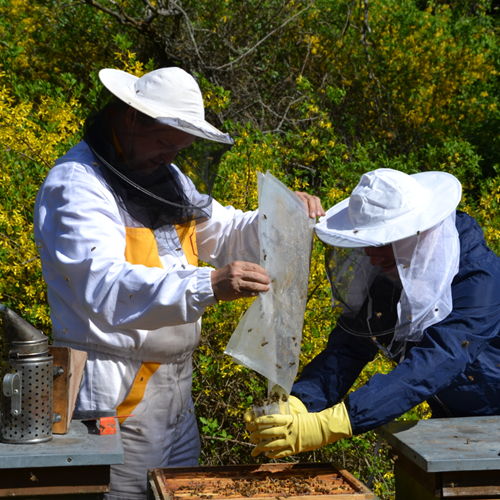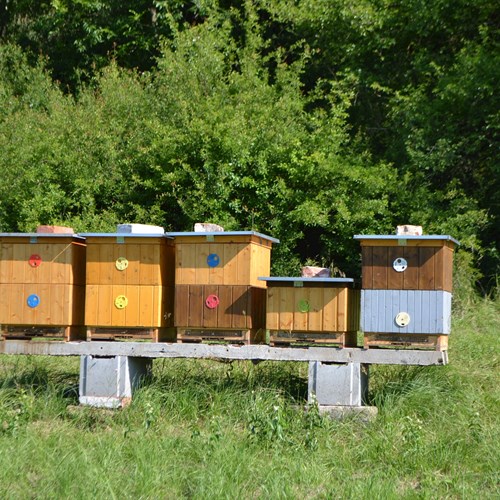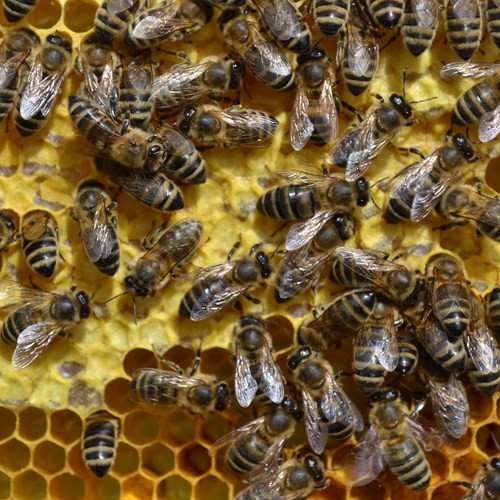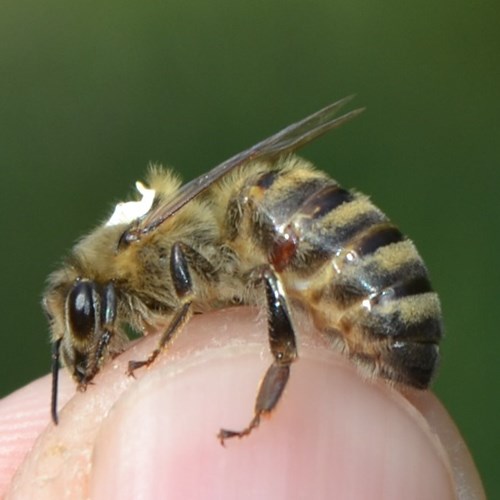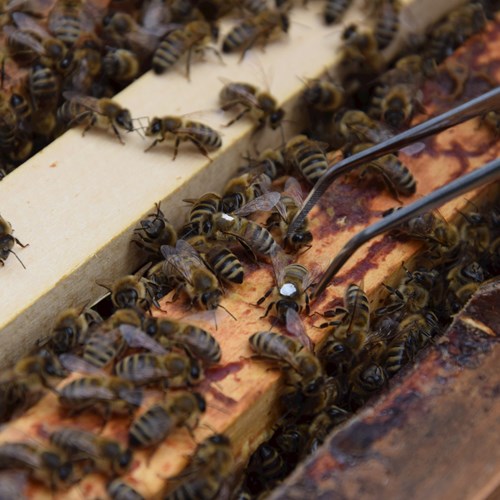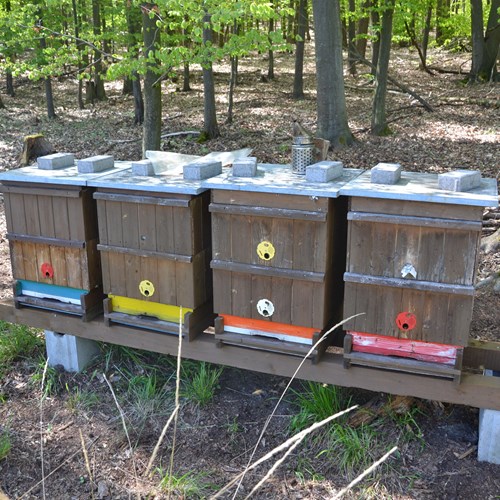Mgr. Martin Kunc Ph.D. has just published an article in the magazine 'Beekeeping' (published by the Czech Beekeepers Association), where he summarises the results of his research, originally published in the journal ‘Insects'.
Martin’s paper, which discusses the differences between short and long-term generations of bees, highlights the range of differing physiological and immune parameters in the two generations in addition to their differing activity patterns.
Short-lived bee population (15-48 day life spans) occur in the summer months and have the task of gathering enough supplies for the hive, while the long-lived population (life expectancy up to 8 months) relies on the accumulated supplies to survive the harsh winter.
For beekeepers, it is important to know the proportion of long-lived bees in the population at the beginning of autumn as this will tell them whether or not the bee population will survive the winter.
Unfortunately, the two populations cannot be distinguished by any external signs. However, Martin, as part of the group led by doc. Pavel Hyršl, has managed to determine a set of physiological and immune parameters measurable in the haemolymph of bees that allows beekeepers to recognize how many of the two generations are in the bee population.
It is hoped that the discoveries of doc. Pavel Hyrsl and his team will develop into increased collaboration between the beekeeping community and research laboratories, with beekeepers sending samples for measurement and the results helping prevent bee losses over winter.
Congratulations on your publication and scientific success!

